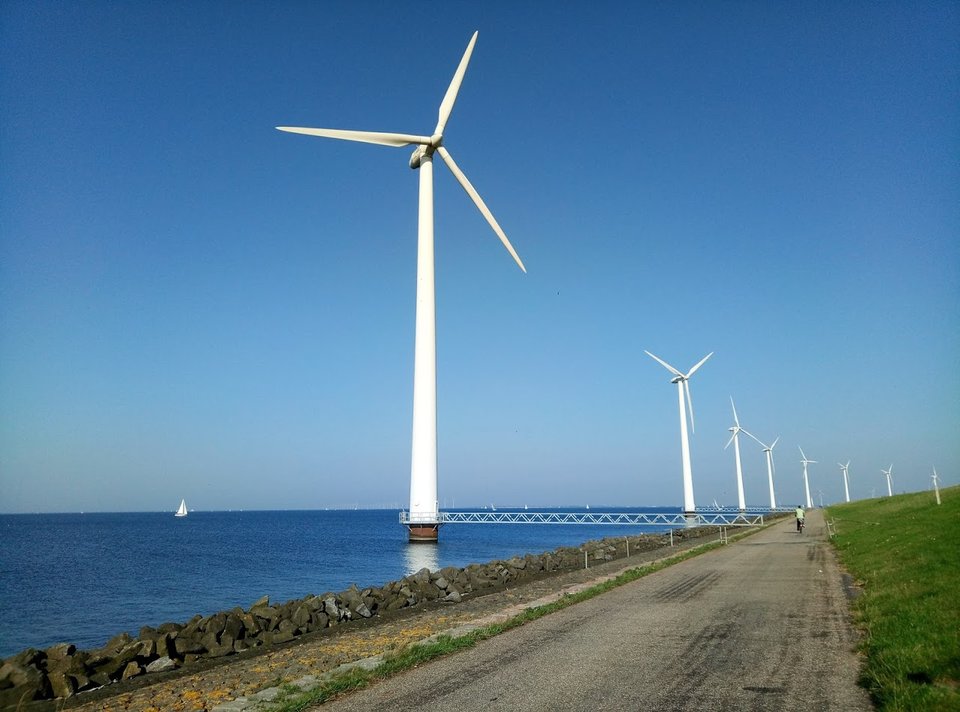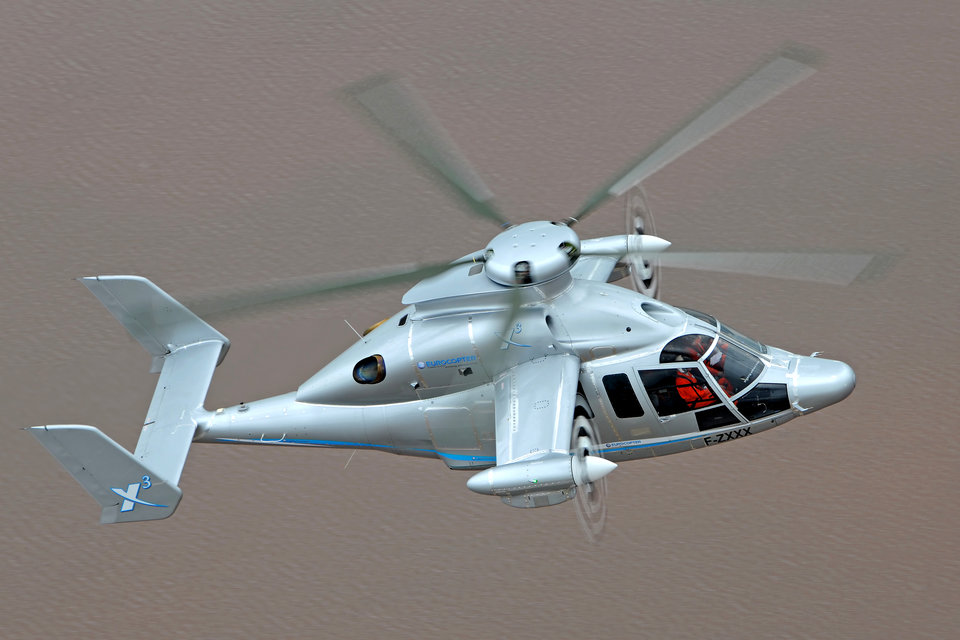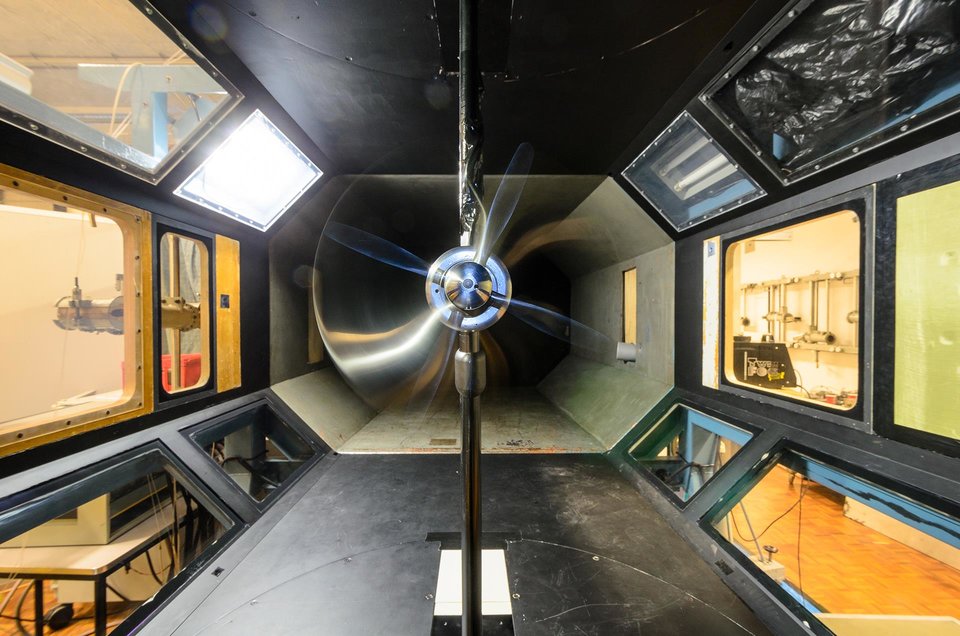Aeroacoustics
Aeroacoustics is a branch of fluid dynamics dealing with the theory of noise generation in unsteady flows and its reproduction using laboratory experiments and/or numerical simulations. Aeroacoustic phenomena are responsible for noise generation from aircraft landing gears and wings, aircraft engines, hair-drivers and vacuum cleaners, car side mirrors and air-conditioning systems, flutes and organ pipes, jet flows, drone propellers, etc. The main current research areas in the aeroacoustic field are:
- improving the knowledge of the underlying physical mechanisms, with a strong connection with the physics of turbulent flows and fluid-structure interaction at various levels of complexity,
- developing noise reduction devices, for instance the B787 chevron nozzle for engine jet noise reduction,
- improving the accuracy and reliability of numerical simulation software based on the solution of flow governing equations through comparisons with space/time resolved flow measurements.
Aeroacoustics offers a privileged access to the fields of fluid dynamics and wave theory and constitutes a very versatile component of an aerospace engineering curriculum.




